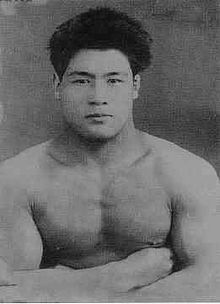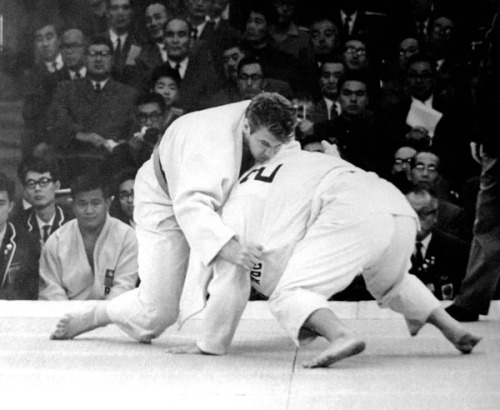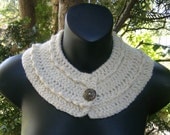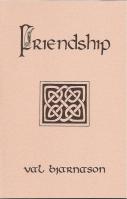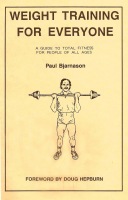The name “Kimura” likely doesn’t mean much to most North Americans, but to Doug Rogers, the most successful Canadian judoka (exponent of judo) to compete internationally, the name was magic. The saying in Japan is “No one before Kimura, no one after.” In other words, Kimura was the greatest competitive Japanese judoka ever. In Doug Rogers’ words, “My teacher is the best there ever was!”
Rogers went to Japan in 1960 to study judo at the Kodokan, the world’s judo Mecca. Four years later he represented Canada in the Tokyo Olympics — the first Games in which judo was included — and won the silver medal in a very close final match against Japan’s supreme technician, Isao Inokuma. After the Olympics Doug trained under the direction of Kimura — he became the only Westerner Kimura had ever taught — and in the summer of 1965 he took part in the All-Japan University Championships, helping his team to victory. He was the first non-Asian foreigner to take part in this tournament, and he was also named the tournament’s best fighter. One can only speculate about how good Rogers might have become had he stayed in Japan for a few more years. Kimura wanted Rogers to remain in Japan and continue to train under his direction, as he felt that Doug could become the best judoka in the world if he did so; but Doug had to consider seriously his future, and he decided to return to Canada and begin working toward a vocation. As it turned out, he got married and helped raise four children while enjoying a full career in Canada as a commercial airline pilot. He still found time, though, to win a gold medal at the 1967 Pan-American Games in Winnipeg. (I was there, too, and won the silver medal in the middle-heavyweight class in weightlifting. I remember seeing Doug walking down the hallways of the athletes’ residence, but I didn’t know him on a personal level. He was certainly an imposing figure at six feet four inches and 260 pounds, a fine-looking athlete.)
Canada’s Doug Rogers competes in the judo event at the 1964 Tokyo Olympics, on his way to a silver medal win in the over 80kg category. (CP Photo/COA)
Fortunately, in 1965 Canada’s National Film Board produced an excellent little documentary on Doug’s judo odyssey: Judoka, which can be viewed online at YouTube.
As for Kimura, here are just a few relevant statistics concerning his life in judo:
* height 170 cm
* weight 84 kg
* promoted to 4th dan at age 15, after 6 years of judo
* at age 18, the youngest ever to be promoted to 5th dan
* promoted to 7th dan at age 30
* at his best Kimura performed 1000 pushups and practised for nine hours daily
* lost only 4 matches in his entire career, all in 1935, the year in which he turned 18 years of age
* easily defeated Brasilian Jiu-Jitsu co-founder Helio Gracie in a challenge match in Brasil
* trained in karate, in particular with his friend Masutatsu Oyama, founder of Kyokushin karate
* his osoto-gari (large outer reap) was performed so powerfully that many opponents suffered concussions and lost consciousness, prompting some to request that he never use this technique against them
Small wonder Doug Rogers declared, “Kimura is the greatest fighter Japan ever produced,” and that they say, “No one before Kimura, no one after”!
If you enjoyed this article, you can subscribe to Roman Viking by clicking on the FOLLOW button in the right hand column.
